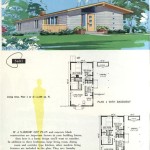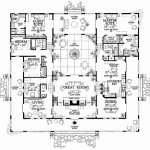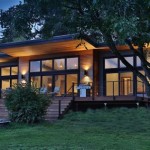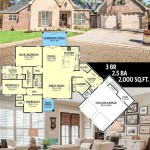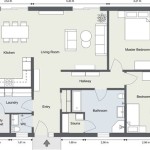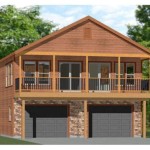Simple Village House Plans With Photos
Building a house in a village setting often presents unique challenges and opportunities. Village life often emphasizes simplicity, functionality, and a connection to nature. As a result, simple village house plans are highly sought after. These plans prioritize practicality, affordability, and a harmonious integration with the surrounding environment. This article explores the key features of simple village house plans, highlighting their benefits and providing visual inspiration with relevant photographs.
Prioritizing Functionality and Efficiency
Simple village house plans prioritize functionality over elaborate design. They focus on creating a comfortable and efficient living space within a compact footprint. These plans often feature open floor plans that maximize natural light and encourage a sense of spaciousness. For example, a combined living and dining area can create a welcoming central hub for family gatherings. Efficient use of space is crucial, with built-in storage solutions, walk-in closets, and cleverly designed kitchens that maximize functionality without compromising aesthetics.
A simple village house plan might include:
- A main living area combining living room, dining room, and kitchen
- Two to three bedrooms
- One or two bathrooms
- A small porch or patio for outdoor living
Embracing Local Materials and Traditional Styles
Simple village house plans often embrace the use of local materials and traditional architectural styles, reflecting the unique character of the village. This approach creates a sense of harmony between the house and its surroundings. Using locally sourced materials like stone, brick, wood, or bamboo not only reduces the environmental impact but also supports the local economy. Traditional architectural elements, such as pitched roofs, verandahs, and courtyards, contribute to the charm and authenticity of the house.
Some examples of traditional styles that might be incorporated into a simple village house plan include:
- Mediterranean style with white stucco walls, terracotta roof tiles, and arched doorways
- Rustic farmhouse style with wooden beams, stone accents, and a cozy, inviting atmosphere
- Colonial style with a symmetrical facade, elegant details, and a focus on functionality
Sustainable Design Principles
Sustainability is a key consideration in simple village house plans. By minimizing energy consumption and maximizing natural resources, these plans aim to create homes that are both environmentally friendly and economically viable. This often involves using passive solar design, with large windows to capture sunlight for heating and strategically positioned shading elements to prevent overheating. Efficient insulation, energy-saving appliances, and rainwater harvesting systems contribute to the overall sustainability of the house.
Key sustainable design elements in simple village house plans include:
- Orientation for optimal natural light and ventilation
- Use of energy-efficient windows and doors
- Integration of renewable energy sources like solar panels
- Water-efficient fixtures and landscaping
Simple village house plans offer a harmonious blend of practicality, affordability, and sustainability. Their focus on functionality, use of local materials, and integration with the surrounding environment creates charming and resilient homes that perfectly suit the village lifestyle.

Simple Village House Plans With Auto Cad Drawings How To Plan Floor

Village House Plans

Simple Village House Plans With Auto Cad Drawings Plan Gallery Drawing

Village House Plans

3 Bedrooms Simple Village House Plans Beautiful Home Plan My

Examples Of Village House Plans The Intermediate Spaces Without Scientific Diagram

Village House Plans Houses How To Plan

3 Bedrooms Simple Village House Plans Beautiful Home Plan Premshomeplan

Low Budget Small Village Simple Home Design News Word House Pictures

2 Bedrooms Simple Village House Plans Beautiful Home Plan I Low Budget My
Related Posts




